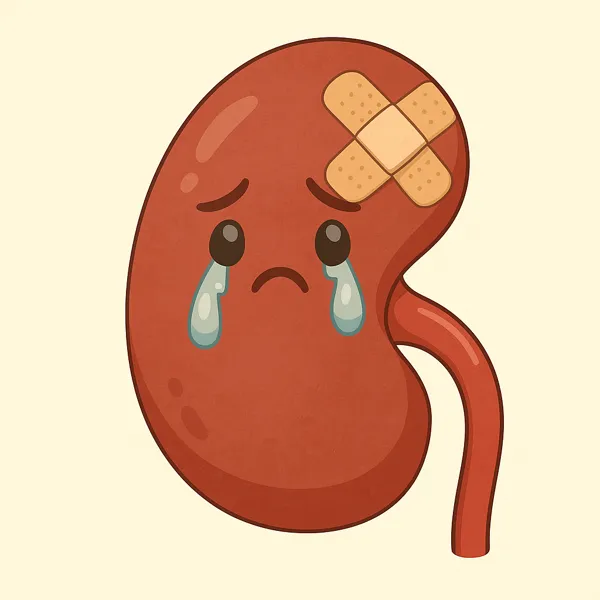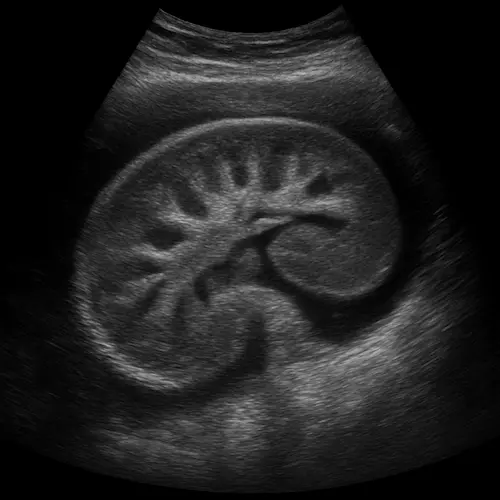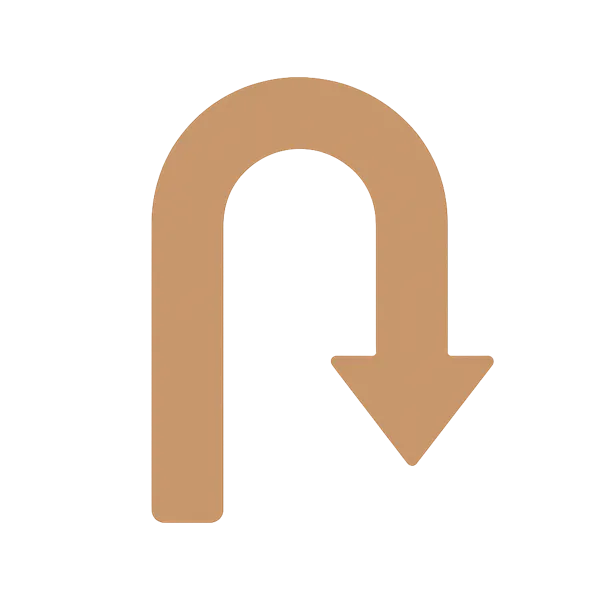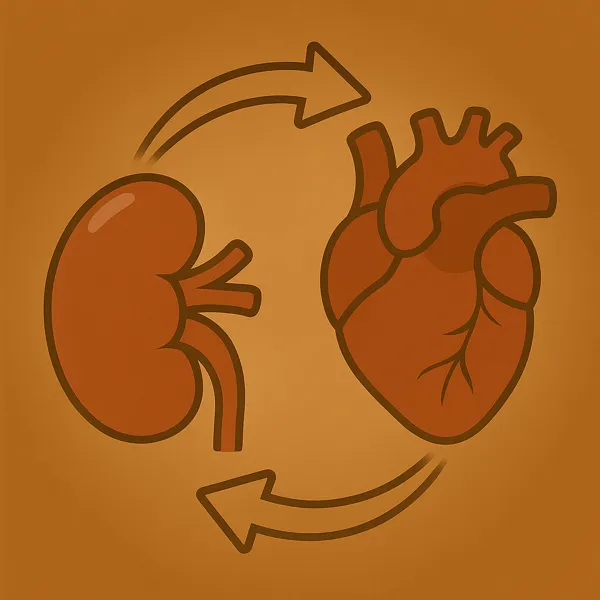When CKD Isn’t Really Chronic – 3 Important Categories of Acute Kidney Injury
Not all kidney problems are permanent. While chronic kidney disease (CKD) is typically a long-term condition, there’s a critically important distinction that often gets overlooked: acute kidney injury can look like CKD — but it’s often reversible.
For patients, families, and even healthcare providers, recognizing the signs of acute kidney injury (AKI) can prevent misdiagnosis, unnecessary fear, and missed opportunities for full recovery. This article outlines the key differences, categories, and steps you can take when kidney numbers suddenly change.
What Is Acute Kidney Injury?
Acute kidney injury refers to a sudden and often temporary loss of kidney function. It may develop over hours or days — typically in response to illness, dehydration, medications, or obstruction. AKI is diagnosed based on:
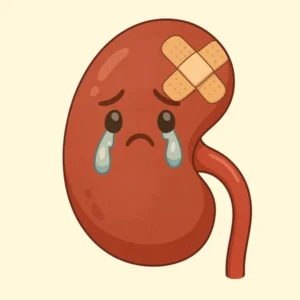
- A sudden rise in serum creatinine
- A decrease in urine output
- A change from recent baseline labs
Importantly, AKI is not the same as CKD. While CKD evolves gradually and persists for over three months, AKI can often be reversed if the cause is identified and addressed early.
The Three Categories of Acute Kidney Injury
1. Prerenal Acute Kidney Injury
This form of AKI results from reduced blood flow to the kidneys. This is usually diagnosed by careful history taking and physical examination. Common causes include:
- Dehydration (vomiting, diarrhea, heat exposure)
- Blood loss (trauma, surgery)
- Heart failure or low blood pressure
- Medications like NSAIDs, diuretics, or ACE inhibitors during illness
When caught early, prerenal acute kidney injury often resolves completely with hydration and supportive care.
2. Intrinsic (Intrarenal) Acute Kidney Injury
Here, the kidney tissue itself is damaged. This category is usually assessed with laboratory results of blood and urine testing. Causes include:
- Acute tubular necrosis (due to prolonged low blood flow or toxins)
- Glomerulonephritis (immune-based inflammation)
- Acute interstitial nephritis (commonly drug-induced)
- Vasculitis or severe infections
Treatment depends on the cause, but many intrinsic cases improve if diagnosed early.
3. Postrenal Acute Kidney Injury
This type results from urine flow obstruction — pressure backs up and impairs filtration. This category is usually confirmed or excluded by imaging studies. Common culprits:
- Enlarged prostate (BPH)
- Kidney stones
- Tumors or strictures
- Neurogenic bladder
Once the obstruction is relieved, kidney function often recovers fully.
When It’s Not Really CKD
Sometimes, patients are told they have chronic kidney disease after just one abnormal lab. But CKD requires:
- Kidney dysfunction lasting over 3 months, AND
- Evidence of structural or functional abnormalities (e.g., proteinuria, abnormal imaging)
Before labeling it CKD, providers should:
- Repeat labs to confirm persistence
- Review prior records for baseline values
- Order imaging to assess kidney size and anatomy
Failure to do so may misclassify acute kidney injury as a chronic, irreversible condition.
Reversible Scenarios That Mimic CKD
Some common, often-overlooked causes of acute kidney injury include:
- Dehydration from illness or overuse of diuretics
- NSAID toxicity, especially in older adults
- Urinary retention due to BPH or medications
- Contrast dye exposure during imaging
- Early glomerulonephritis, caught before scarring
- Medication interference (e.g., biotin, trimethoprim, fenofibrate) causing falsely elevated creatinine
- Recent strenuous exercise or large protein meals before testing
These conditions often resolve with supportive care or medication adjustments. Always reassess before assuming the diagnosis is CKD.
How Providers Distinguish AKI from CKD
To determine whether kidney dysfunction is truly chronic, doctors use:
- Serial lab results over time
- Urinalysis for protein or active sediment
- Kidney ultrasound to evaluate size and structure
A return to normal labs, normal-sized kidneys, and absence of chronic signs typically indicate acute kidney injury, not CKD.
Why It Matters
Mislabeling a reversible condition like acute kidney injury as CKD can have long-term consequences:
- Unnecessary stress or fear
- Life insurance or disability misclassification
- Missed opportunity to fully restore kidney health
Conversely, correctly identifying AKI allows for:
- Timely treatment
- Potential for full recovery
- Prevention of future episodes
- Proper education and risk counseling
The Takeaway
Not every drop in kidney function means lifelong CKD. Acute kidney injury is often reversible — and catching it early can change the course of a person’s health.
If you’ve been told you have CKD after a sudden lab change, ask your doctor:
- Has this persisted for more than 3 months?
- Could this be dehydration, medication-related, or obstruction?
- Would imaging or a follow-up test help clarify?
Sometimes, the most powerful step toward healing is asking the right question.
Read more about AKI and kidney recovery here.
See the provider level primer on acute kidney injury for a deep dive at the KDIGO site.
References
- Kellum JA, et al. Acute Kidney Injury. Lancet. 2021;398(10302):129–144.
- KDIGO Clinical Practice Guideline for AKI. Kidney Int Suppl. 2012;2(1):1–138.

